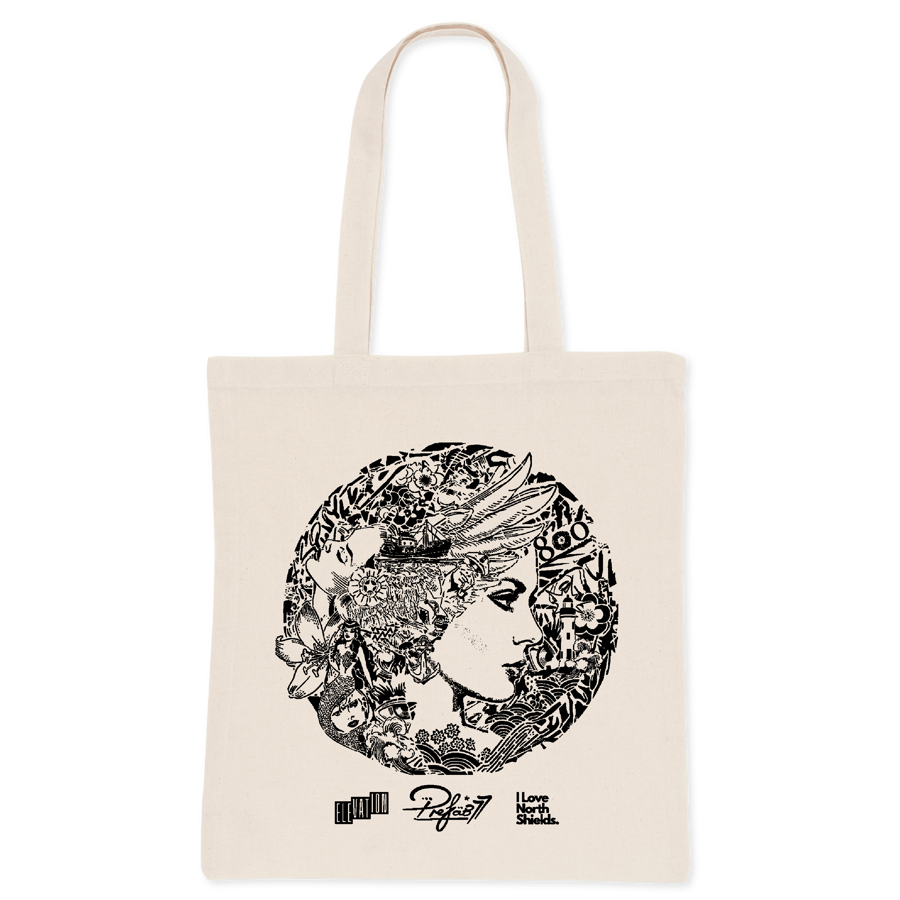We went along to the Mushroom Meander at Gosforth Nature Reserve on Tuesday 4 November, and honestly, it was the perfect way to spend a crisp autumn morning. Led by Ellie Davison, the walk took us along the Ouse Burn Way — a surprisingly wild stretch right in the heart of the city.
From the start, Ellie had us slowing down and really looking. Within minutes we were spotting fungi everywhere — bright scarlet elf cups tucked under leaves, shaggy inkcaps popping up through the grass, and the occasional toadstool straight out of a fairytale. It’s wild how much you miss when you’re not tuned in to the small stuff.

















The pace was gentle, the group friendly, and the vibe totally relaxed — more like a curious wander with pals than a formal nature tour. Ellie shared fun facts about how different mushrooms live symbiotically with trees and explained how even the strangest-looking fungi play vital roles in the ecosystem.
We covered around a mile and a half, weaving through muddy paths and leafy trails while chatting about everything from folklore to foraging (though this one was strictly look-don’t-touch). By the end, my camera roll was full, my hands were cold, and my appreciation for fungi was on a whole new level.
The event was free, part of the Ouse Burn Way Project, funded by the Reece Foundation — and it really did what it promised: helped people connect with nature right on their doorstep.
If you’ve never been to Gosforth Nature Reserve, or you just fancy a mindful couple of hours outdoors with friendly folks who actually know their puffballs from their polypores, I’d 100% recommend keeping an eye on NHSN’s events page.
🍂 Top 10 Fascinating Facts About Mushrooms
- Fungi aren’t plants — they’re actually closer to animals genetically.
- The world’s largest organism is a fungus in Oregon — it covers over 2,385 acres and is thousands of years old!
- Mushrooms “breathe” oxygen and release carbon dioxide, just like humans.
- Some fungi glow in the dark through a natural process called bioluminescence — ancient people once used them as lanterns in forests.
- Mycelium, the underground network of fungi threads, can connect entire forests — earning it the nickname the Wood Wide Web.
- Fungi can “talk” to each other — studies suggest they exchange electrical signals through the soil.
- Without fungi, we wouldn’t have penicillin, blue cheese, or beer. Cheers to that.
- Only around 5% of all fungi species have been officially identified. The rest? Still a mystery.
- Fairy rings — those perfect circles of mushrooms — grow outward year after year as the fungus expands underground.
- Some fungi can even digest oil spills and radioactive waste, making them the ultimate recyclers.














